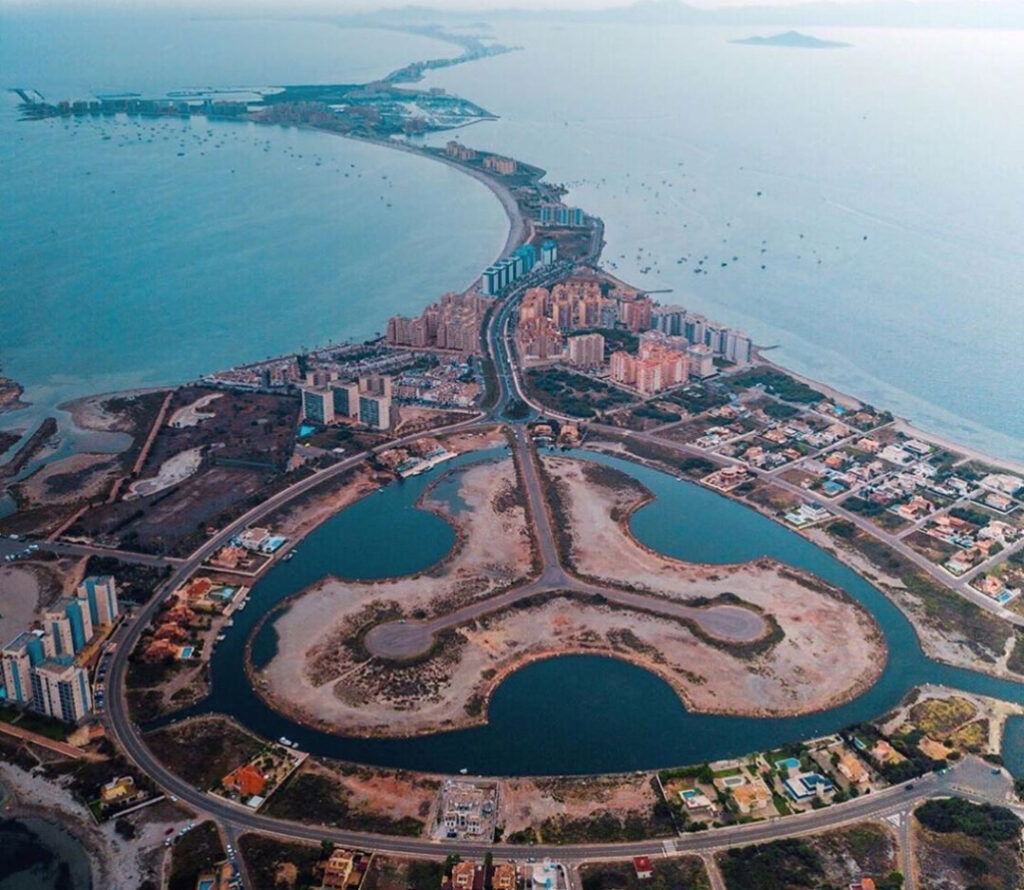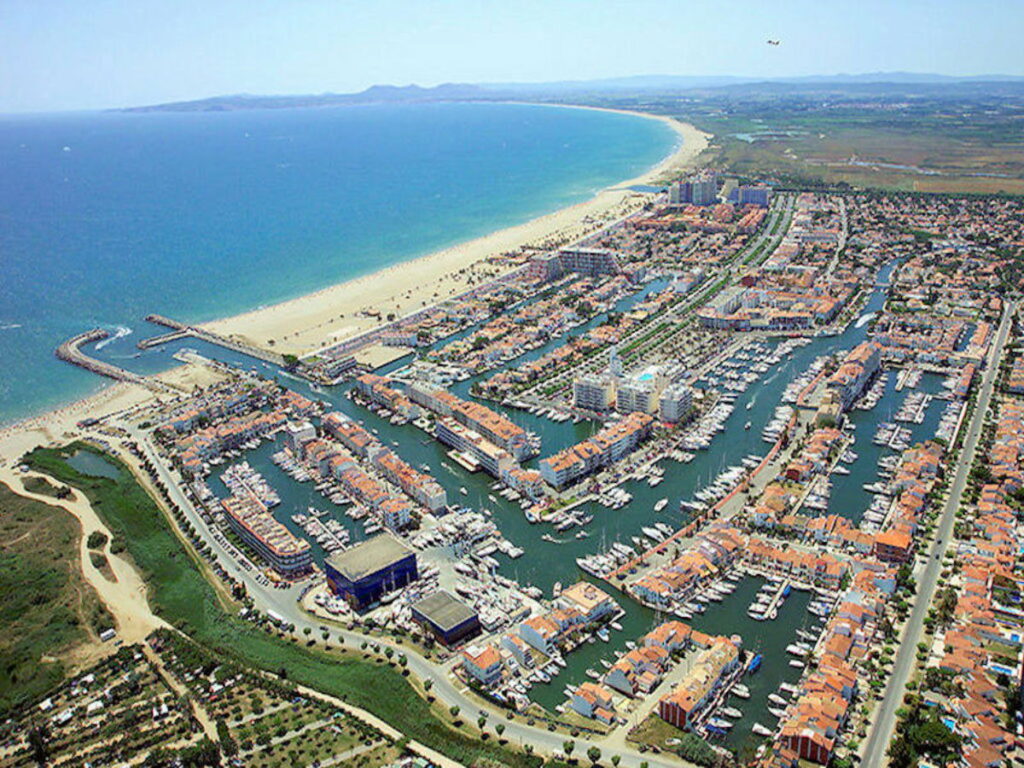
Aerial view of Empuriabrava, the Venice of Catalonia | Credits: All Photos/Shutterstock
Spain hides its secrets well. Beyond the obvious and the overdone, past the souvenir stalls and sangría clichés, lie towns that whisper rather than shout. Places where boats replace buses, where the roads are water, and life flows with the tide. No, we’re not talking about Venice—but we’re not far off.
From the winding pastel canals of Port Saplaya in Valencia to the quiet, boat-lined waterways of Empuriabrava in Girona, Spain is home to a handful of towns lovingly nicknamed “the Venices of Spain.” Each wears the title differently. Some boast labyrinths of navigable canals built with grand Mediterranean ambition. Others, like Mogán in Gran Canaria or Veneziola in Murcia, flirt with the nickname thanks to their saltwater geometry, charm, and the sense that time here seems to pass slowly rather than quickly.
These aren’t replicas. They’re not trying to be Venice. But they each carry something of that magic—that slow, drifting poetry that only cities on water can summon. Except here, you get it with tapas, sunshine, and just maybe, a beach within walking distance. So, call them what you want: hidden gems, Spanish Venices, or simply your next escape. Just don’t call them copies. These places, like all great secrets, have long stood on their own. Here are the Venetias of Spain.
Port Saplaya, the Little Venice of Valencia
The Little Venice of Valencia, as locals, nationals and foreign visitors alike frequently call it. Here’s the question: Why is Port Saplaya known as the Little Venice of Valencia? It’s pretty simple: the marina is structured around canals that run through the buildings. Added to this is the fact that the apartment blocks are painted in striking pastel colours, making Port Saplaya a very charming place.
It’s ideal to spend some time taking a leisurely stroll along the canals. They have wide sidewalks from which to enjoy the architecture and the boats moored at the foot of the houses in Valencia’s Little Venice.
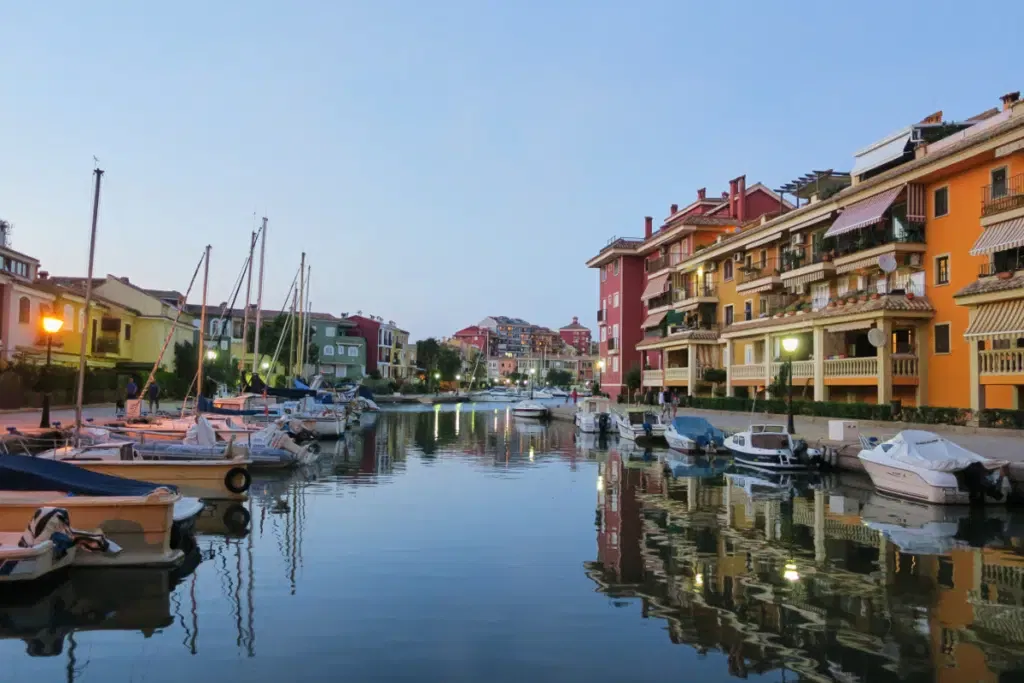
Mogán, the Venice of Las Canarias
Mogán is not just “Little Venice”: this is what its ravine hides. A historical content creator reveals the archaeological site that almost no one visits, just a stone’s throw from the port known as the Site of Cañada de Los Gatos. In Mogán, everyone is looking for the same thing: a photo among flowers, a coffee with a view, and a whitewashed street to post on Instagram.
But beneath that picture-perfect landscape lies a thousand-year-old history that very few ever experience, as tourists and locals stroll through the famous “Little Venice,” oblivious to everything. The ground murmurs of what was once an indigenous village teeming with life, fishing, and rituals.
“I thought it was only for self-employed people”: this is the “secret” supermarket that’s already taking Gran Canaria by storm. Beach, concerts, and tapas: this is the summer plan that is taking Gran Canaria by storm.
Canarian educator Elena Marrero, known for reviving the archipelago’s history on TikTok, offers a warning with a smile: “Yes, take a photo, but remember that the ground you’re standing on is of great importance to the history of the Canary Islands.” Because right at the end of the Mogán ravine, where freshwater meets the sea, stands a testimony more than 1,300 years old that has gone unnoticed by many.
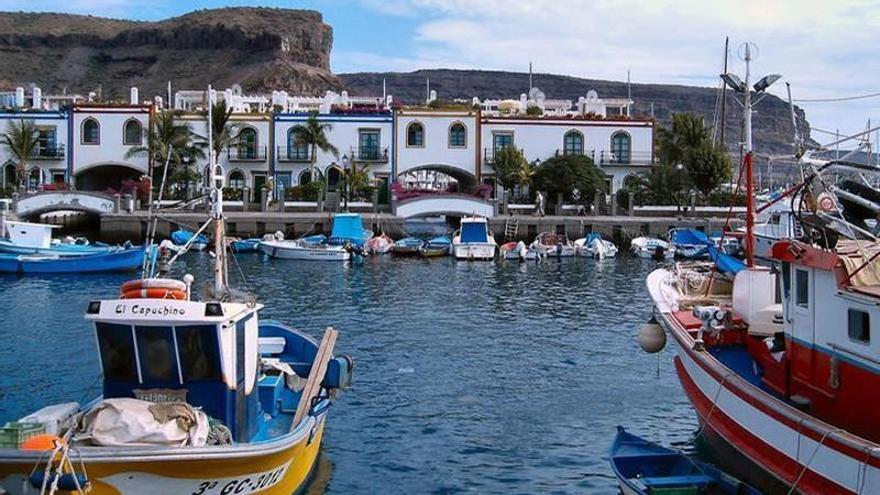
Empuriabrava, the Venice of la Costa Brava
Nothing can match the charm of authentic Venice, but that doesn’t mean attempts haven’t been made to imitate it in various corners of the planet, with varying degrees of success. Empuriabrava, in Girona, is one such place. The differences are noticeable; after all, centuries of history separate them, but when visiting Empuriabrava, you can’t help but think of La Serenissima. And not just because of the canals that are its raison d’être, but also because of an atmosphere that exudes a luxury that sometimes borders on ostentation.
Empuriabrava is one of the largest residential marinas in Europe and the world. Perhaps, when you put it this way, it’s challenging to get a sense of what this “Venice of the Costa Brava” is really like. But when you consider its 25 kilometres of canals and more than 5,000 moorings, it’s not so difficult to understand the reason for its nickname. Its image is nothing like that of other tourist areas along the Spanish coast.
Here, instead of skyscrapers, whitewashed residences rise overlooking canals that are its proper arteries of communication. The noise of traffic is that of the bustle of boats of different sizes. And the crowds of visitors during peak season are barely there. Thus, Empuriabrava is one of those rare places on the overexploited Mediterranean coast where you can still breathe with a degree of tranquillity.
And all this even though it’s one of Girona’s most popular tourist attractions. This is thanks to its Venetian essence, as well as its privileged location, where it was built. It’s located in the Gulf of Roses, next to the Aiguamolls de l’Empordà Natural Park, and just a stone’s throw from such iconic Costa Brava towns as Cadaqués and Figueres.
Empuriabrava doesn’t differ much from other tourist resorts built between the 1960s and 1970s. The area it occupies today was once a marshy zone dedicated to the cultivation of rice and corn. Large landowners largely owned this land. It was one of them, the Marquis of Sant Morí, who took the first steps to urbanise the area in the mid-1960s.
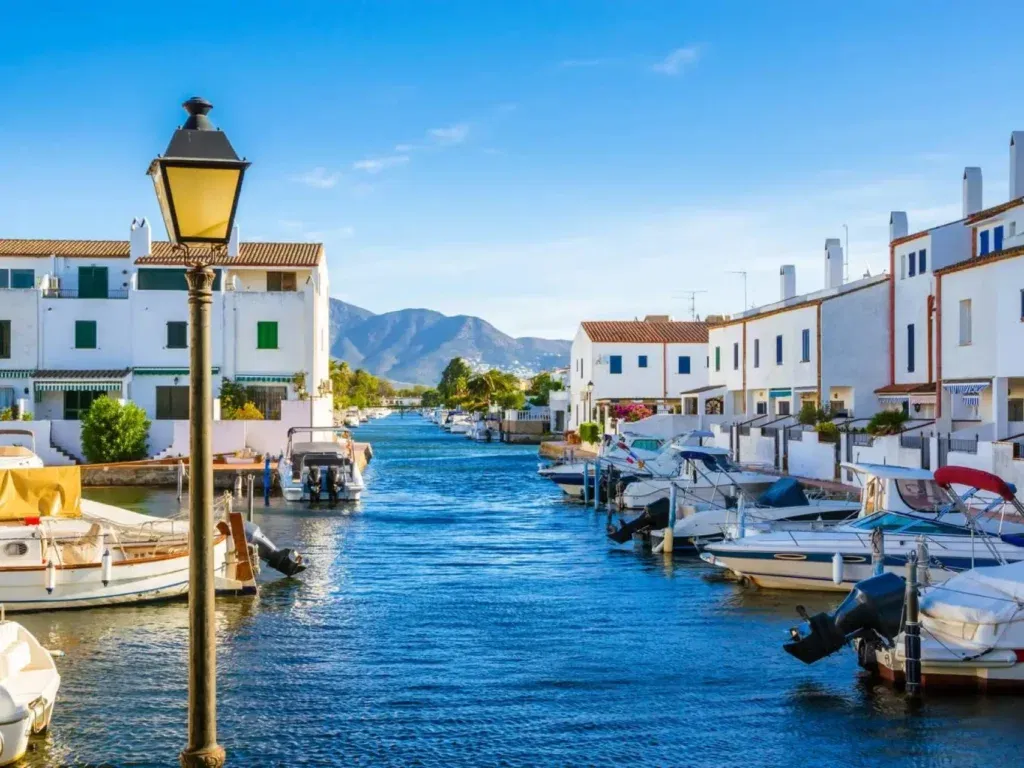
Veneziola, the Little Murcian Venice
The Venice of Spain in Murcia’s uniqueness doesn’t just attract tourists: it has also led to any location with similar water infrastructure being given the honorific title of “the Venice” of its region. Cities and towns with navigable waterways that organise their urban planning around them have adopted this appellation to highlight their picturesque character.
In Spain, there’s also a corner that has earned this nickname: Veneziola, a spot located in the northern part of La Manga del Mar Menor in the Region of Murcia. Although the differences with the Italian city are more than evident, this small coastal paradise stands out for its system of navigable canals and urban design, reminiscent of the iconic Venice.
The formation of La Manga del Mar Menor dates back more than 2,000 years, when the accumulation of sand on volcanic rocky seabeds closed the bay, creating a vast saltwater lagoon. Over time, this 22-kilometre-long sandy strip, between 100 metres and 1.5 kilometres wide, established itself as an essential tourist destination, bathed by two seas: the Mediterranean and the Mar Menor. One of the most iconic attractions of this “little Venice” is the Laughter Bridge: a Venetian-style structure that has become one of the area’s most famous postcards.
